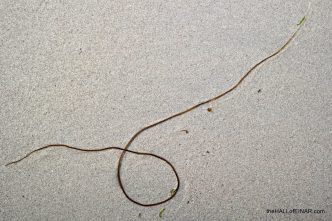
Mermaid’s fishing line – forty years ago in my nature notebooks
I always thought that it was odd that so much seaweed washes up on beaches. If seaweed has evolved over millions of …
the natural history of Westray

I always thought that it was odd that so much seaweed washes up on beaches. If seaweed has evolved over millions of …
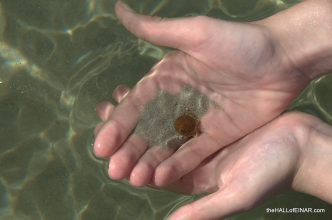
40 years ago I was on holiday and writing my nature notebooks with a full account of every species that I identified. …
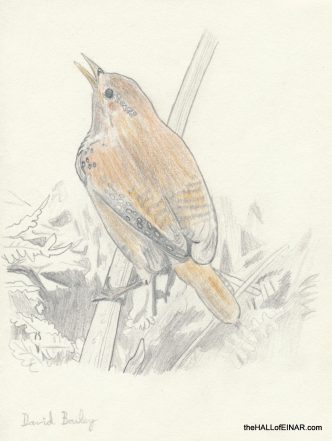
Forty years ago I was 12 years old and had just started my nature notebooks. I drew what I saw on holiday …
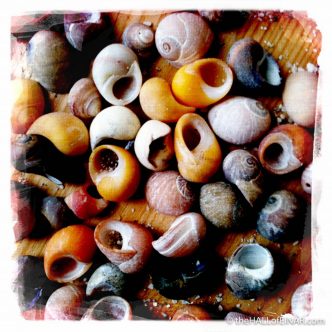
Small Periwinkles are beautiful. Forty years ago today on 15 August 1976 I was on holiday and I was describing them in …
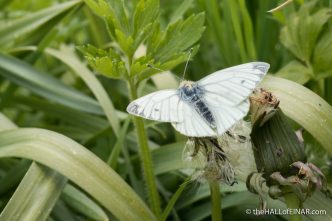
Butterflies are very noticeable insects. They have large bright wings and fly during the day. How they escape being eaten by birds …
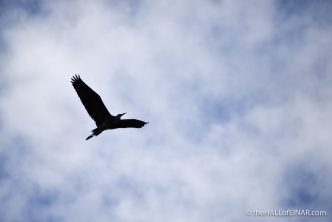
Sometimes there’s just too much wildlife going on here in Westray. We’re sitting on the beach in Pierowall Bay watching the seals …
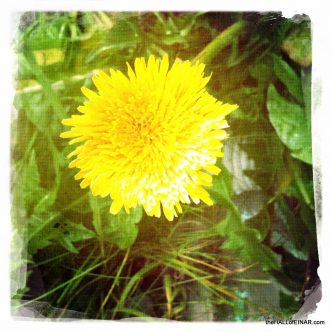
Forty years ago I was twelve years old and had been using a Single Lens Reflex camera for a couple of years. …
Forty years ago I was scouring the beaches at Tenby looking for any interesting living creatures. As is so common, I only …
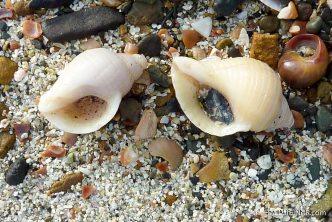
One of the greatest things you can have as a child is a love of the natural world. To have the capacity …
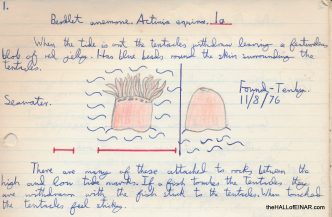
Forty years ago today, on 11 August 1976, I was 12 years old, my family were on holiday in South Wales, and …
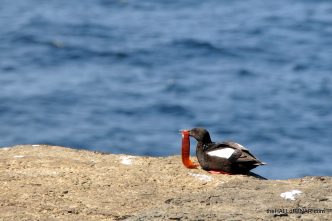
Black Guillemots seem to be called Tysties on Orkney. This one has caught something tasty. It looks to me like a Butterfish. …
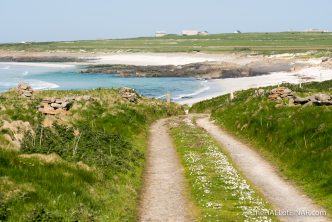
I love Grobust beach. The walk down to it from the car park is covered in daisies.
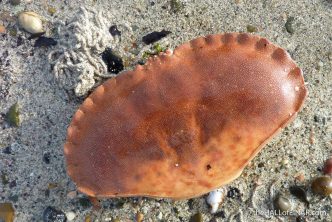
The statistics say we catch 60,000 tonnes of edible crab around the British Isles each year. Imagine if we talked about humans …
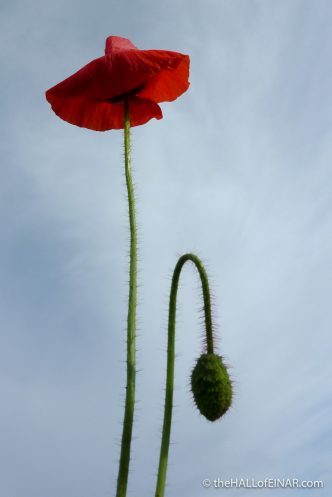
There’s a single red poppy down by the bay. It’s so fragile. As fragile as life itself.
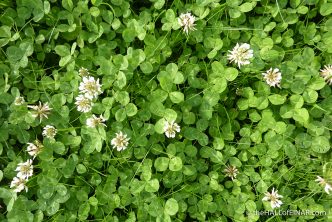
The white clover is beautiful. In many places in the world people are discouraged from growing it because it attracts bees which may sting people. Personally I’d rather have bees than lawyers.
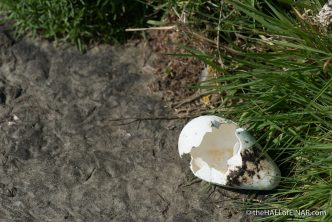
Guillemots are known as Aaks in Orkney. This Aak egg has been raided from the cliffs at Noup Head and eaten.
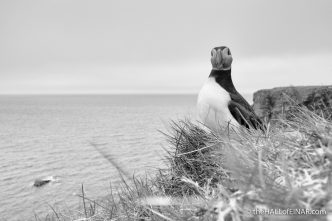
I’m on the cliffs at Westray’s Castle o’ Burrian with the Puffin Whisperer. They are such curious birds that when she calls, …
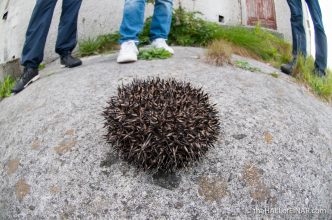
A strange beast of 5,000 quills has decided to pay us a visit.
The name Guillemot doesn’t sound English at all, and it isn’t. It’s French, from Guillaume, or William. Here then, are a few …
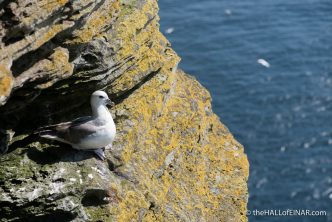
Hardly any bird species have a sense of smell – and that probably means they have very little sense of taste either. …
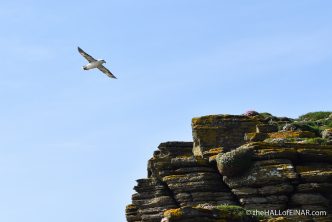
Yes, it’s true; I’m addicted to Fulmars.
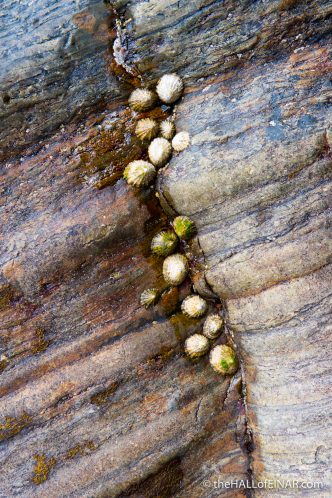
I’ve spent two entire days of my life crawling up the seashore measuring the height and diameter of limpets. The conclusion? Limpets …
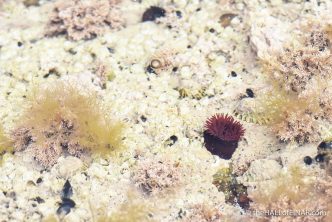
Westray is full of wonderful rock pools. There are over 1,000 species of Sea Anemone on Earth. This looks like Actinia equina. …
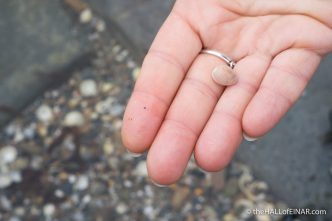
The scientific name of the beautiful Groatie Buckie is Trivia arctica. Its name comes from the Latin trivia, the plural of trivium …
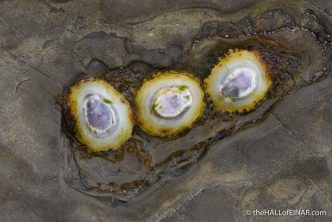
These three limpets are living on the edge. Their shells have been buffeted and battered so much by stones carried by the …
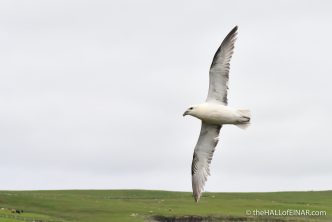
Fulmars historically bred on the isolated island of St. Kilda. They spread into northern Scotland in the 19th century, and to the …
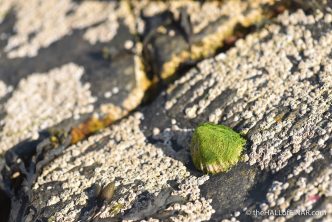
This limpet has the best hair colour – a green fringe of seaweed. Beautiful.
I can also see a ghostly space among the barnacles where a companion limpet used to be. Limpets live 10 to 20 years. That one has gone to its watery grave.